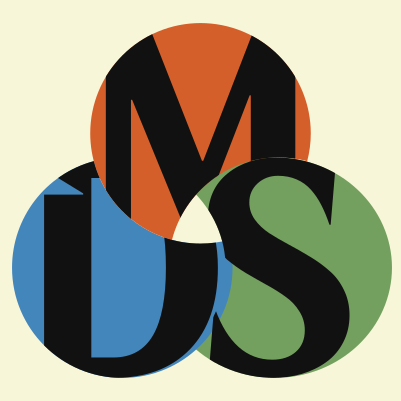
There has been some discussion, from Frank Karsten and MaRo, about a secular increase in the wordiness of cards, and the complexity that accompanies that wordiness. I thought I would add some graphs to the discussion. Please forgive — this is all somewhat hastily dashed together; I will clean things up as I get the time.
I started by attempting to replicate the analysis that I believe Karsten did, although slightly differently. I counted the number of characters in the Oracle text of each card, including both faces where applicable, and divided by the total number of faces. I find, as Karsten does, that Kaldheim, AFR, and the recent Innistrad expansions are the most character-dense sets of all time, although it looks like NEO is a small step down from there.

This plot actually shots a couple of interesting trends. First, I’ve used color to indicate the “type” of set — Commander sets, a relatively recent phenomenon, are typically high in character density, but not outlier-high. Second, even among core sets (running along the bottom), character density has increased. Third, the dotted line indicates (what I believe to be) the advent of New World Order. If you squint a little, you can maybe see a bit of a step down in “complexity” around that time. Finally, and most obviously, there is a pretty clear trend, since about 2018, of increasing character counts, going apparently asymptotic of late.
For the sake of completeness, here is the same plot, but omitting reminder text. The number of characters is certainly lower, but the trends are all quite similar.

Since I had the data open, I thought it would be worthwhile to more carefully investigate New World Order, which purportedly only affected the complexity of commons. Here I plot a smoothed term fit to characters/face on only commons, with a discontinuity at the onset of NWO. It certainly looks like a drop in complexity occurred, although it has risen rapidly of late, even on commons.

There are lots of other ways to think about complexity, however, aside from character and word counts. Specifically, I thought it might be interesting to look at the sheer number of different words¹ used across all cards in a set — the larger this dictionary, the more “complex” a set is, in some sense.

Here, we see the opposite trend at work! There is quite a bit of heterogeneity, but the trend is clear — the sheer size of the overall vocabulary for each set has been decreasing over time. This is probably a function of good templating and wise use of keywords and ability words, but it almost certainly has the effect of reducing cognitive load on players.
It’s not obvious, of course, whether the increase in complexity via word or character count is outweighed by this decrease in dictionary size, but it is notable that WotC does appear to be doing something — perhaps systematically — to ameliorate the complexity of the game.
Thoughts? Questions? Critiques? Suggestions? Talk to me @MtG_DS. I’d love to hear your ideas for other ways to count creatures! And if you haven’t already, please subscribe with your email address 👇 so you never miss a post!
¹ Note that I’m not actually counting words as-written, but rather, I stemmed all of the rules text, so things like plurals, tenses, etc don’t cloud the analysis. I also replaced every incidence of the card’s name with cardname. I have not yet stemmed Kamigawa: Neon Dynasty, for [reasons], but I can update this plot when I have done so.

3 responses to “Curse of Verbosity”
Great article! I’d love to see a combination of the “Forget” and “Simplify” graphs, ie: chaaracters per face of commons, but ommiting reminder text.
LikeLike
[…] In my last post, I looked at two different ways of measuring card complexity: character count and total unique words per set. I found, generally speaking, that the number of characters on each card has been increasing over time, and sharply of late, whereas there is an opposite trend in the number of unique words per set. This suggests, to me, that R&D is aware of the former as a potential problem, and is working to ameliorate the problem by reducing the “dictionary size” of each set. […]
LikeLike
[…] when Kamigawa: Neon Dynasty came out, I wrote two articles that looked at different ways of measuring card complexity. I recommend perusing those […]
LikeLike